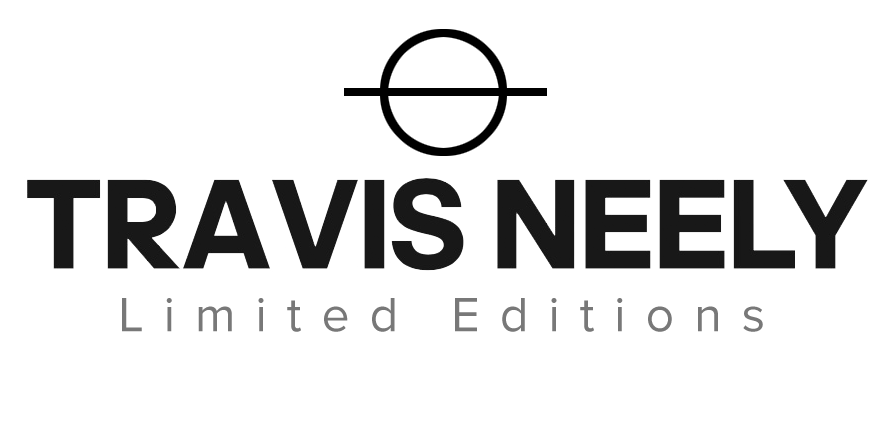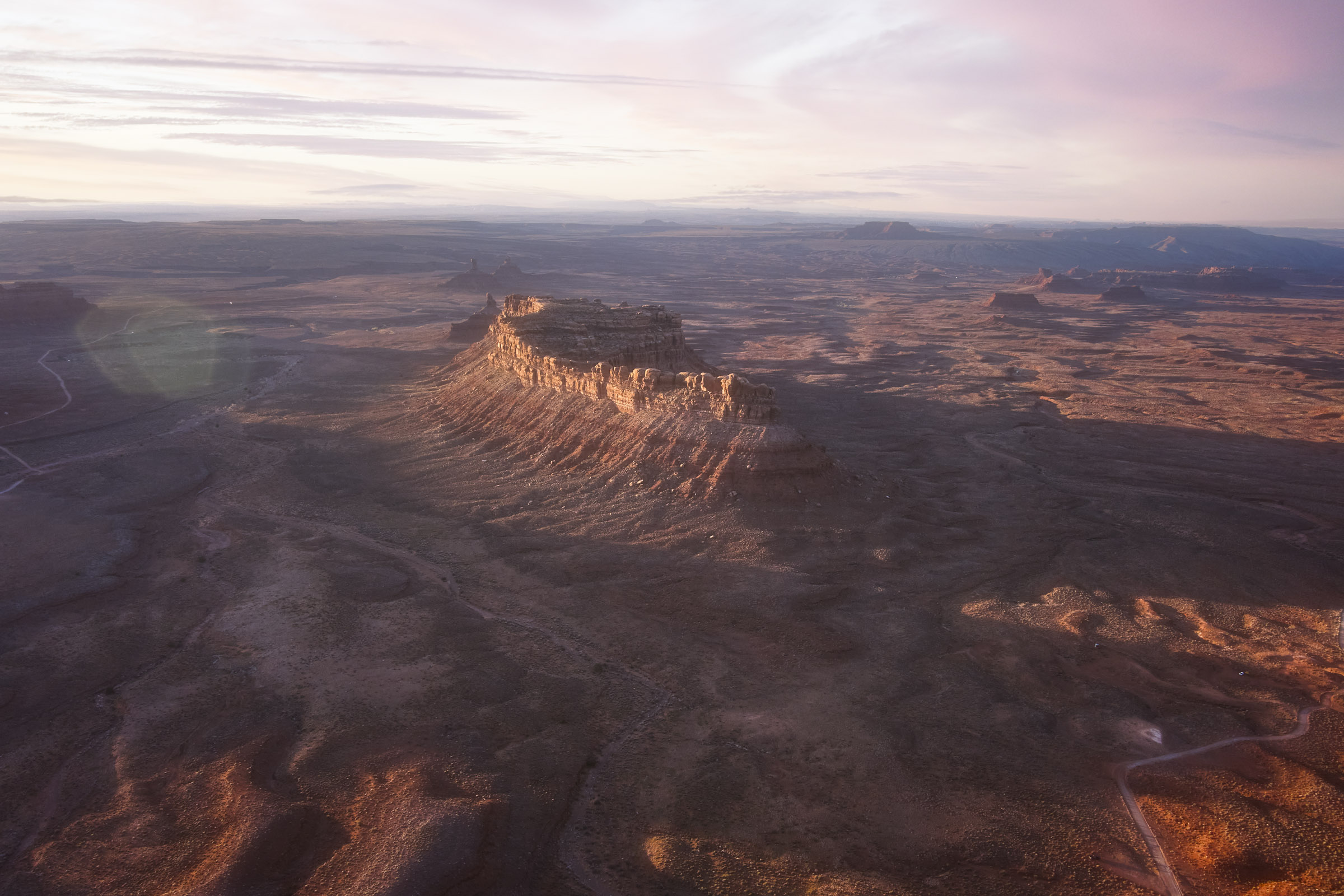
Utah Badlands: Pt. 1
The glowing cathedral like chambers of Leprechaun Canyon foretold how the rest of the trip would go…
I had pulled out of Phoenix, Arizona a lot later than I had planned on a Thursday. This would leave me arriving at my first camp spot long after midnight. I always prefer dispersed camping on BLM land in the van so made for Valley of the Gods just over the border in Utah. The six hour drive up was quick and uneventful and after about eight miles driving into the heart of the Valley I backed into a spot around 1:00 am.
Waking up 45 minutes before sunrise I realized I had backed in perfectly framing a magnificent butte through the back windows of the old teal Econoline van. I had photographed Valley of the Gods in the past and it wasn’t the focus for this trip, but I took advantage of the early morning light with a short drone flight followed by some macro botanical shots of juniper berries on a lone tree a few dozen yards from camp. After a hot breakfast and coffee I pulled out of my spot bouncing down the beat up road listening to Eddie Vedder’s ‘Into the Wild’ soundtrack with the cool morning air flowing through the open windows.
Almost immediately after leaving Valley of the Gods I hit the Moki Dugway. Built in 1958, the Moki Dugway is an unpaved 3 mile stretch of Utah 261 that is a series of steep switchbacks taking you 1200 feet up from the valley to the top of Cedar Mesa. The road is quite rough with patches of severe washboarding and no guard rails. It’s an adventure all of its own. After slowly creeping up the Dugway trying not to beat the van to pieces and enjoying the incredible views I reached the top where the road becomes silky smooth again and the landscape has suddenly and drastically transformed. Consisting of dense juniper and cedar with red rock mesas this stretch of highway over the next 40 or so miles is truly breathtaking. I got the impression that this is what Sedona must have looked like before all of the development took place.
Turning off of 261 onto 95 the highway gradually starts to descend into the Colorado River Basin. Quickly the landscape begins to change with small to medium slot canyons becoming prevalent. Much of the surrounding view is pale white rock sculpted into beautiful curves with deep burgundy buttes and mesas all dotted with more juniper and cedar. This is truly one of the most beautiful areas of the southwest and exploring it further is on my agenda for a future trip
After passing through the Colorado River Basin, which is one of the most incredible drives I’ve ever been on, I pulled off the road at my next stop. It was midday and I had strategically sought out a slot canyon during my research phase for this trip. Slot canyons are narrow (at times only a few feet wide) passageways carved into the solid sandstone of the landscape. Midday light, while not ideal for most landscape photography, is the perfect time to photograph slot canyons. The sun at noon shines straight down into the narrow sculpted passageways illuminating them in the most serene and ethereal way. After switching over some gear into my hiking backpack I started the one mile hike to the mouth of the canyon carrying a single camera body and lens combination (the Panasonic S1R and Sigma ART 24mm).
Before long I arrived at the beginning of the slot. Making my way through the narrow walls I started to get a sense of disappointment… the slot was much narrower than I had expected. After fifty feet or so I finally came to a point that was so narrow I couldn’t proceed any further. The disappointment grew. Had I failed at my research for this location and wasted my time? I made my way back out with the feeling that this was a bust. After exiting the slot I dropped my bag and explored around a bit. As it turned out there was a way to go over the the mass of sandstone that this slot cut through. I retrieved my bag and climbed up and over and hiked a few hundred yards before dropping back down into what turned out to be the actual beginning the the slot canyon I had expected to find. I was immediately struck by how massive it was. The walls in sections were 50 feet wide. I spent the next few hours exploring back into the canyon as far as I could before ultimately reaching the end of the passable area. It was awe inspiring. The depth of the canyon was approximately 80-100 feet overall and meandered between 50 feet wide to other areas only 3-4 feet wide. There were several parts that opened up like vast cathedrals of red glowing sandstone with the most incredible acoustics. While wandering the length of the canyon I met a very nice couple from Colorado that I ended up walking back to the main road with and we chatted about the ongoing pandemic that had changed our world and the vaccination effort. Arriving back to the van I was recharged with a growing feeling of excitement for how the trip was going photographically and very much looked forward to the remainder of my adventure. The glowing cathedral like chambers of Leprechaun Canyon foretold how the rest of the trip would go.
Continue to ‘Utah Badlands: Pt.2’
All images shot with the Panasonic S1R and the Sigma ART 40mm 1.4, Sigma ART 135mm 1.8, and Sigma ART 24mm 1.4 lenses.
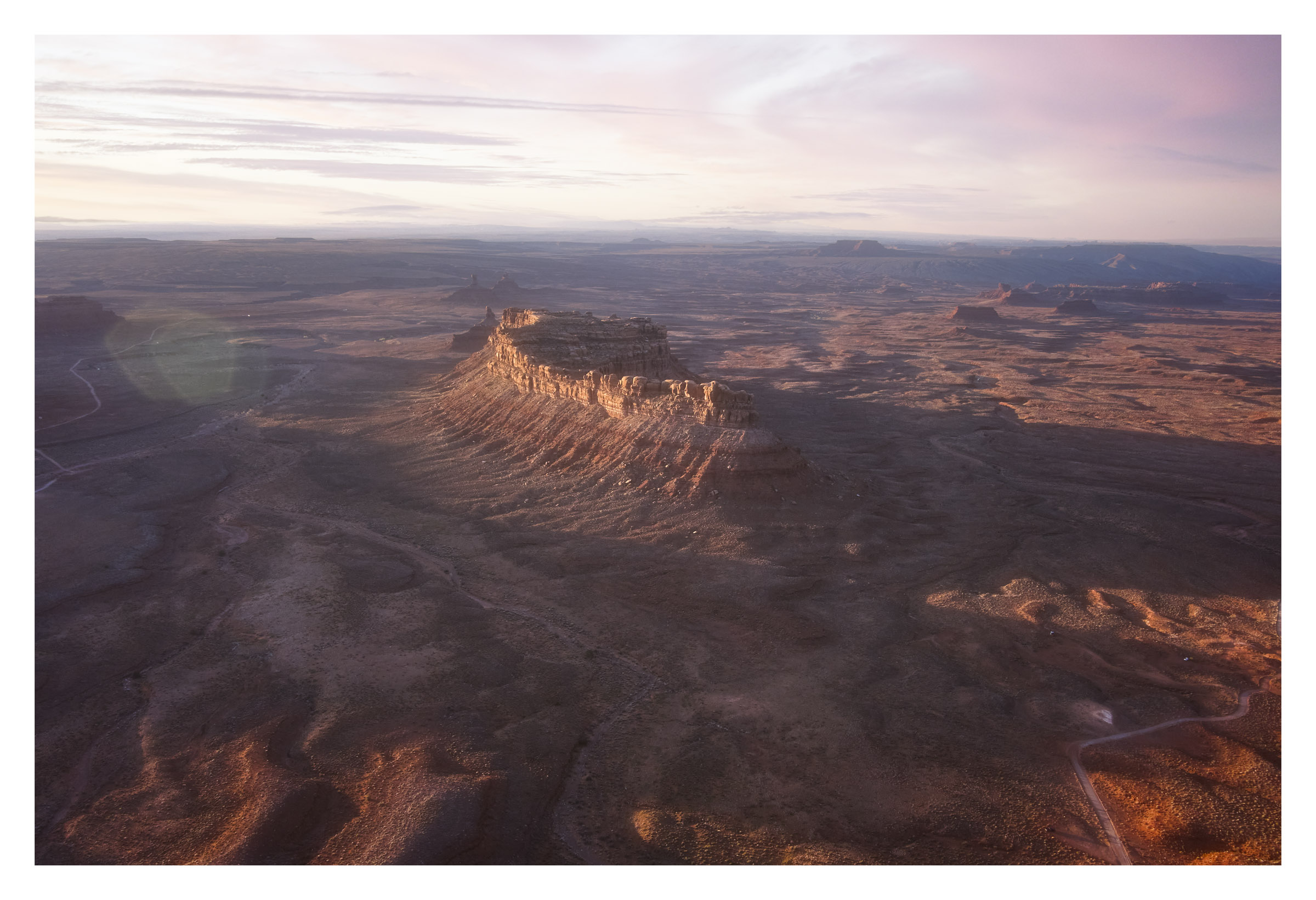
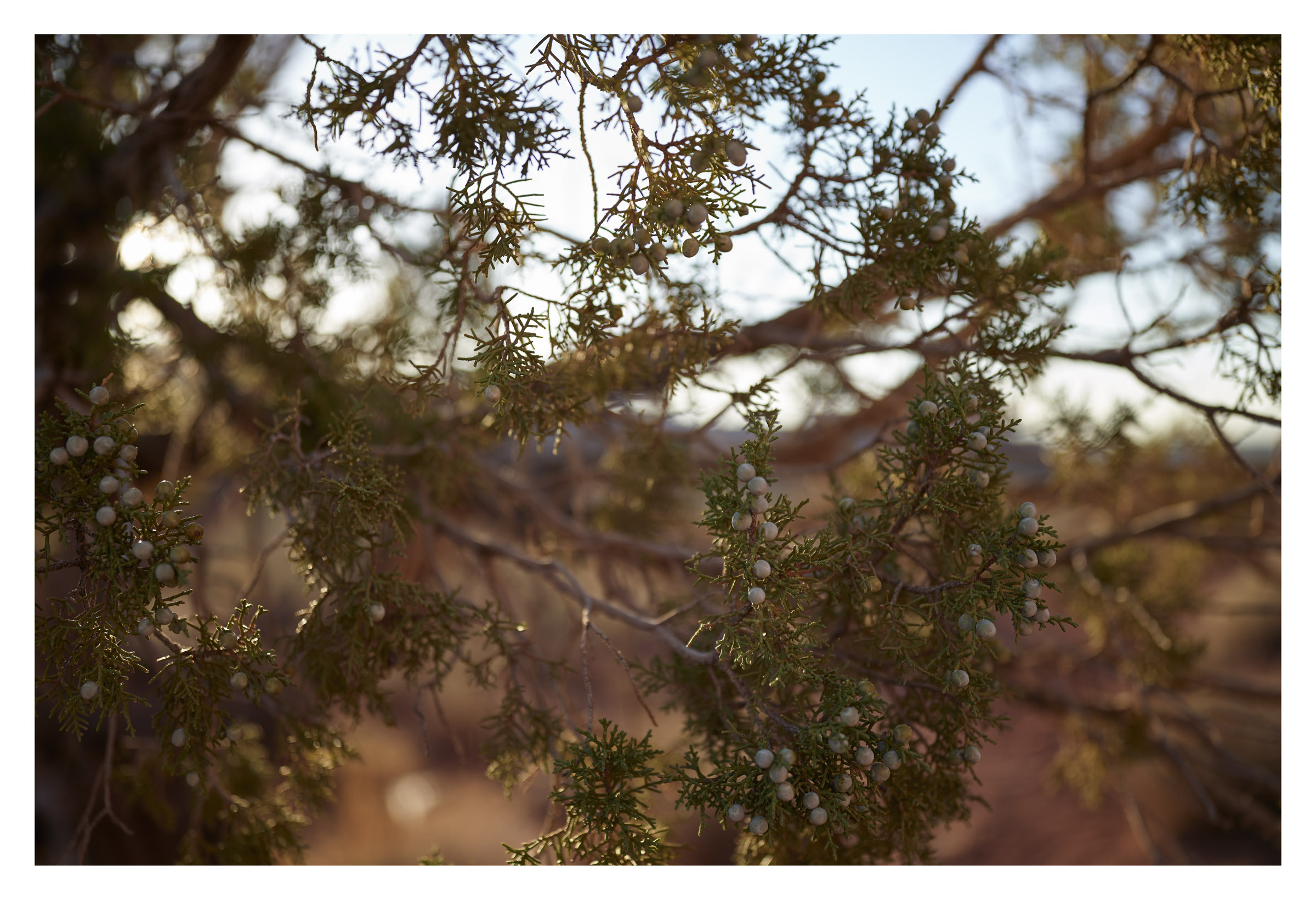
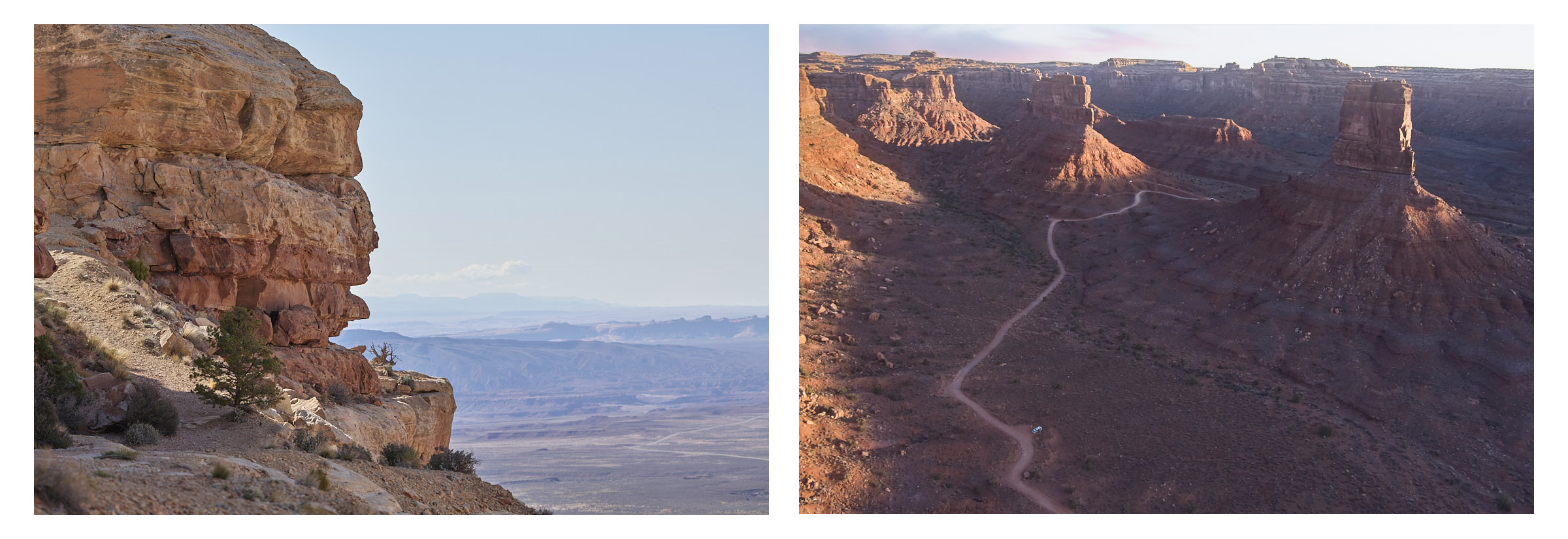
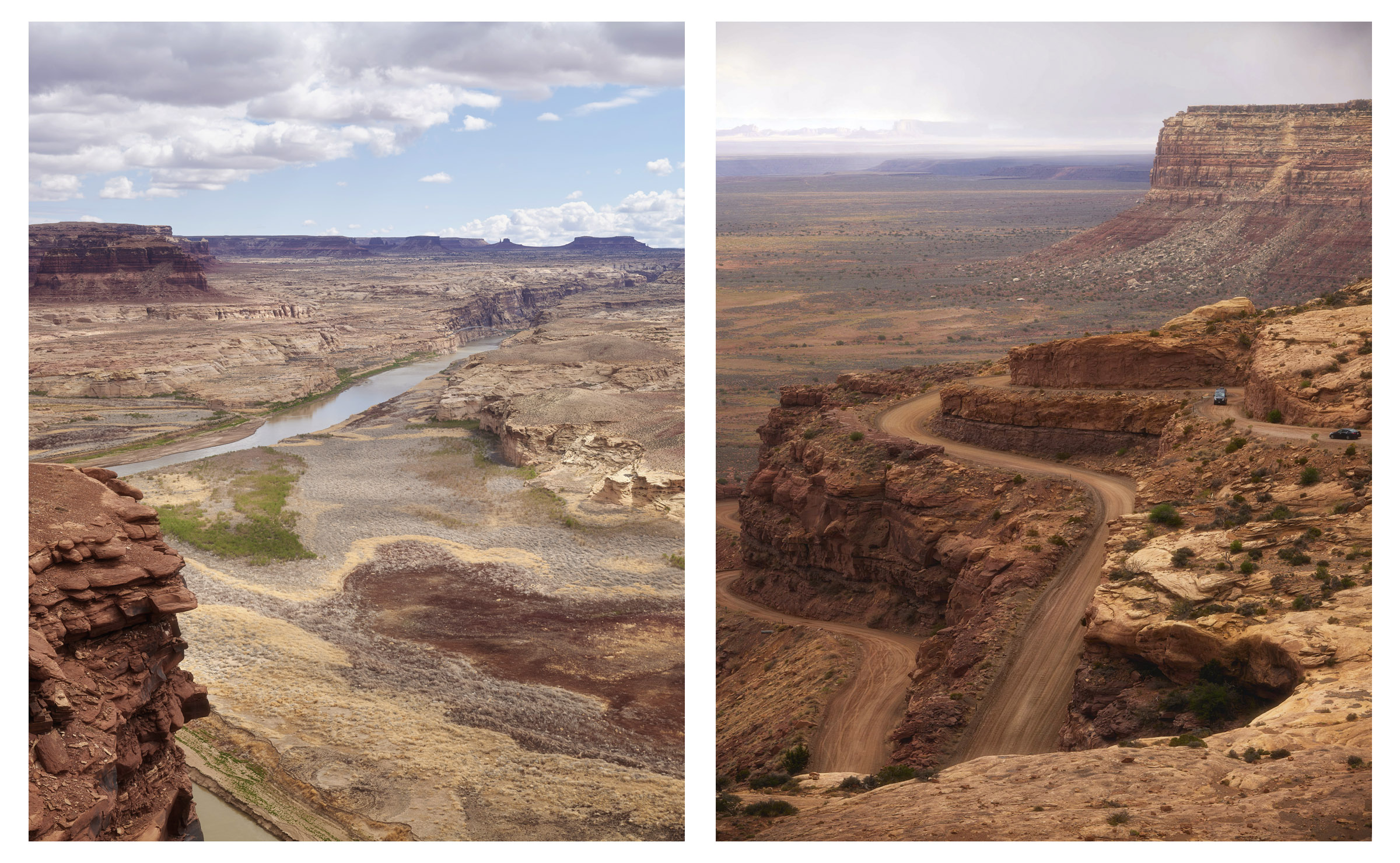
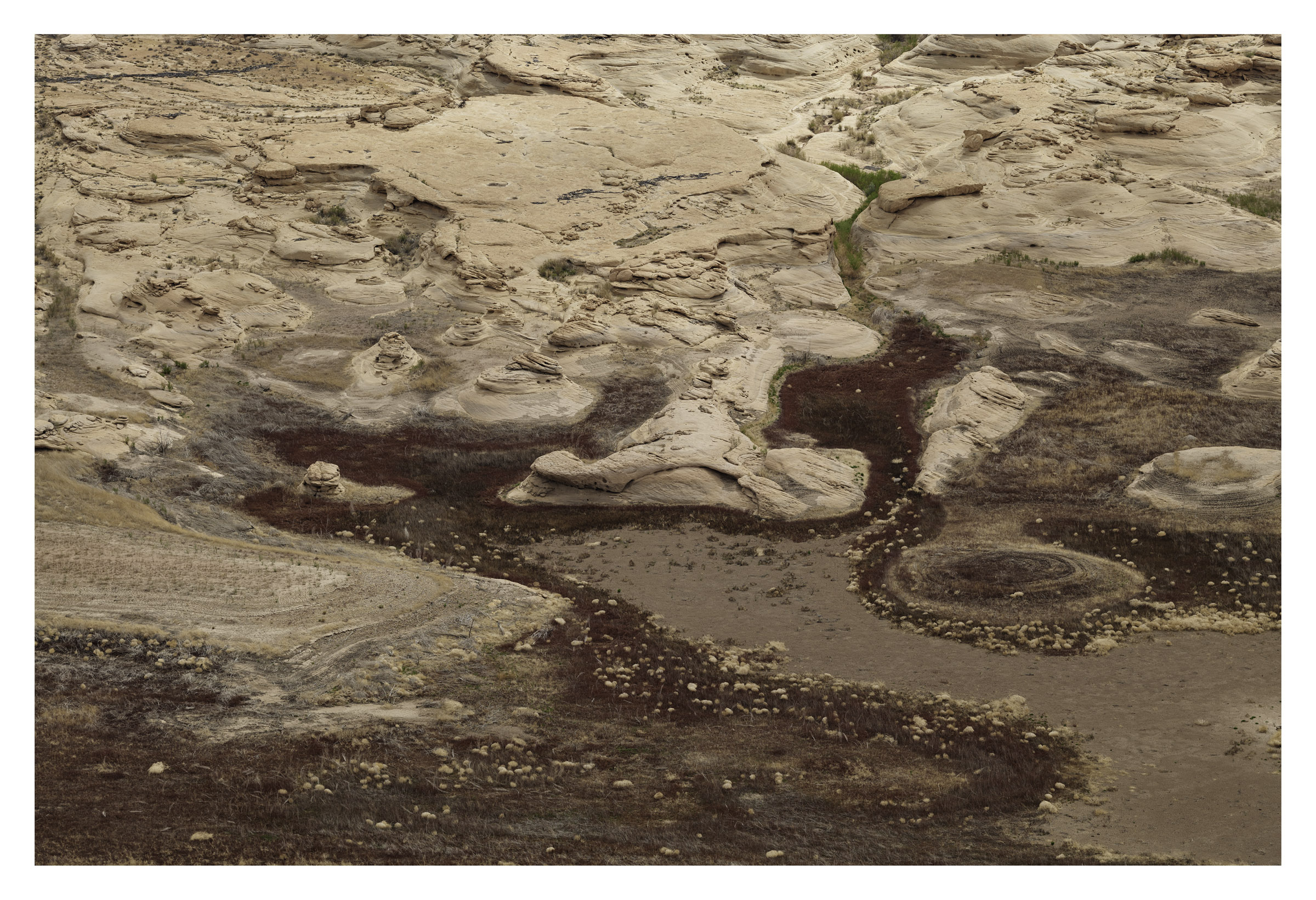
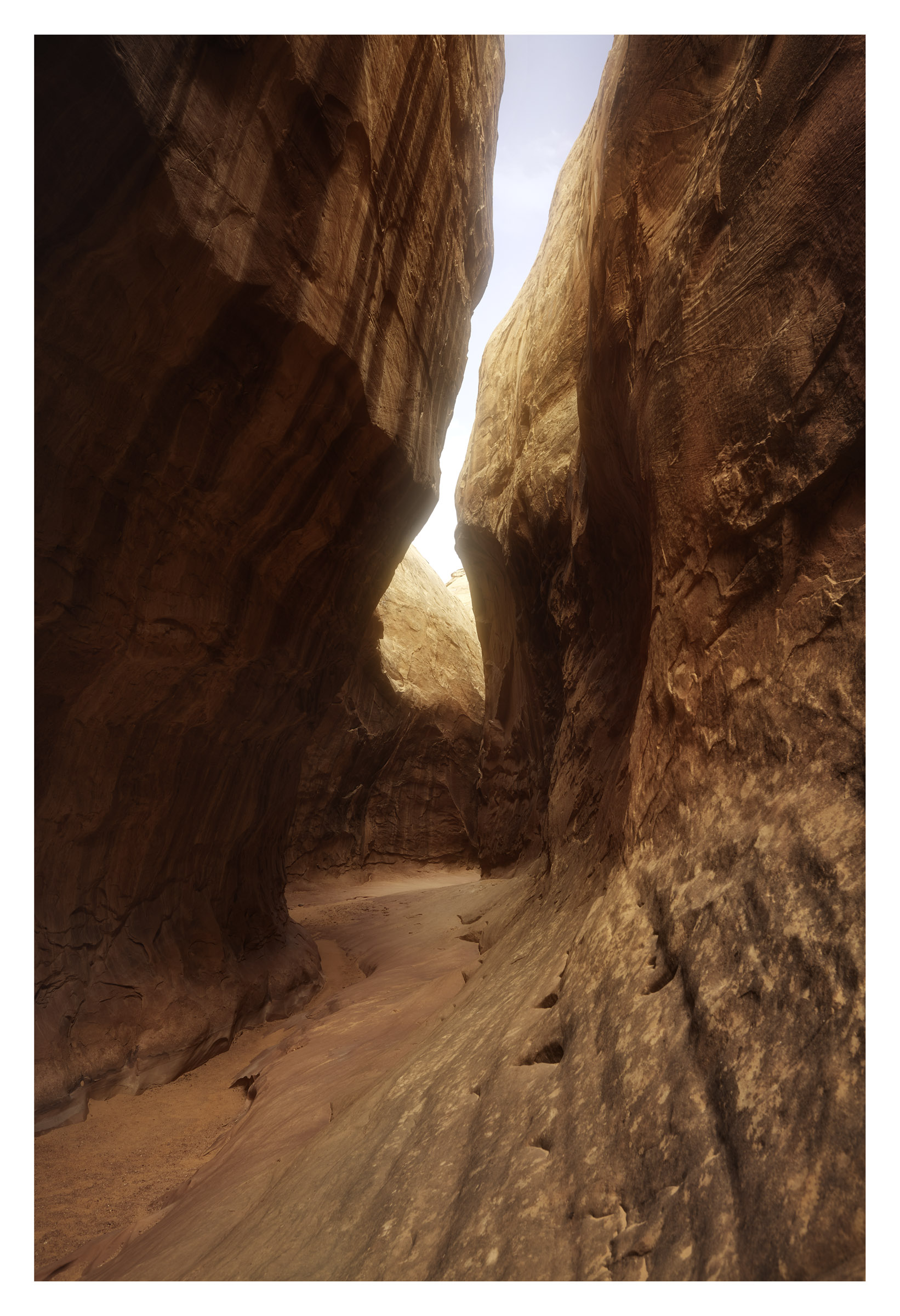
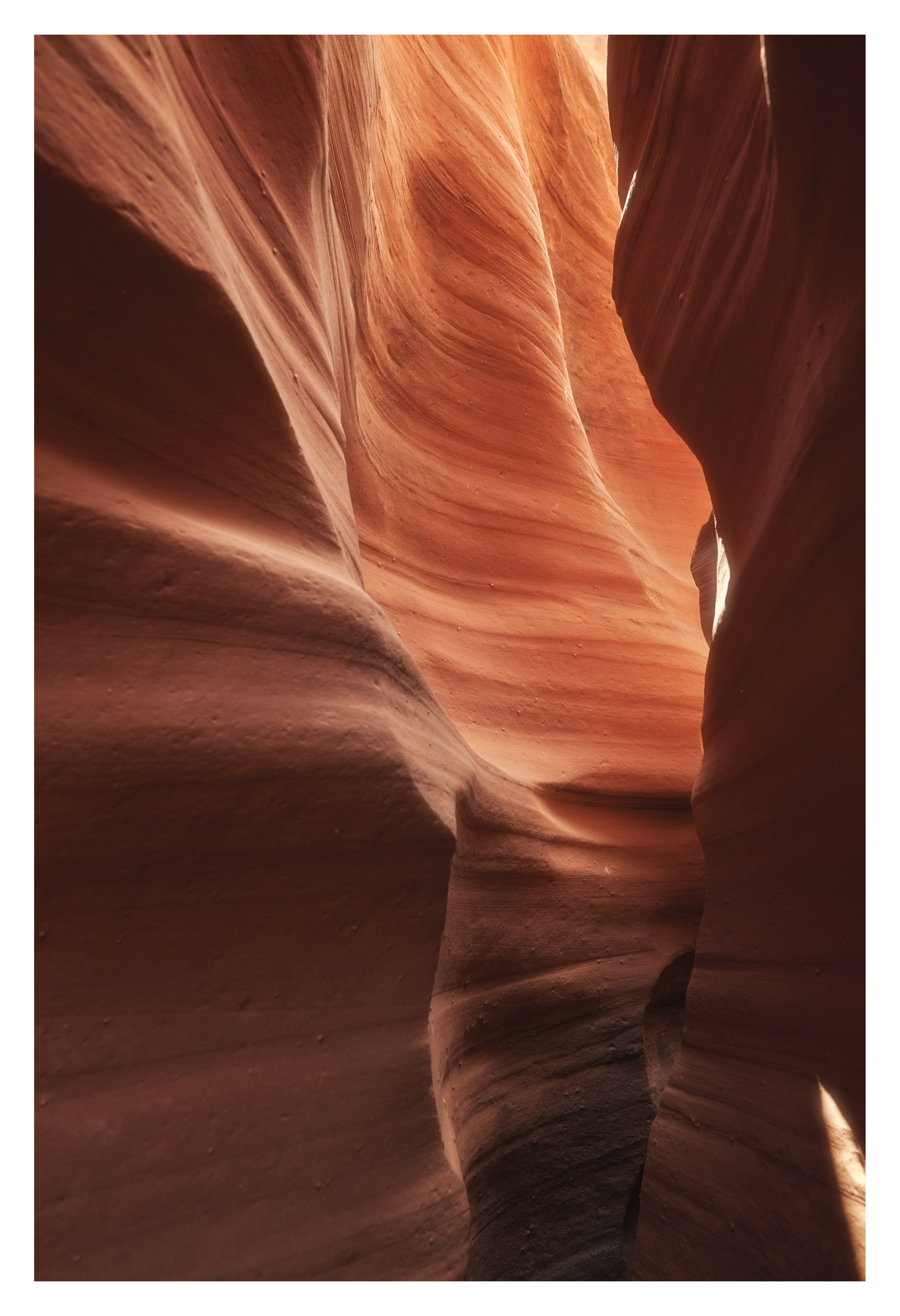
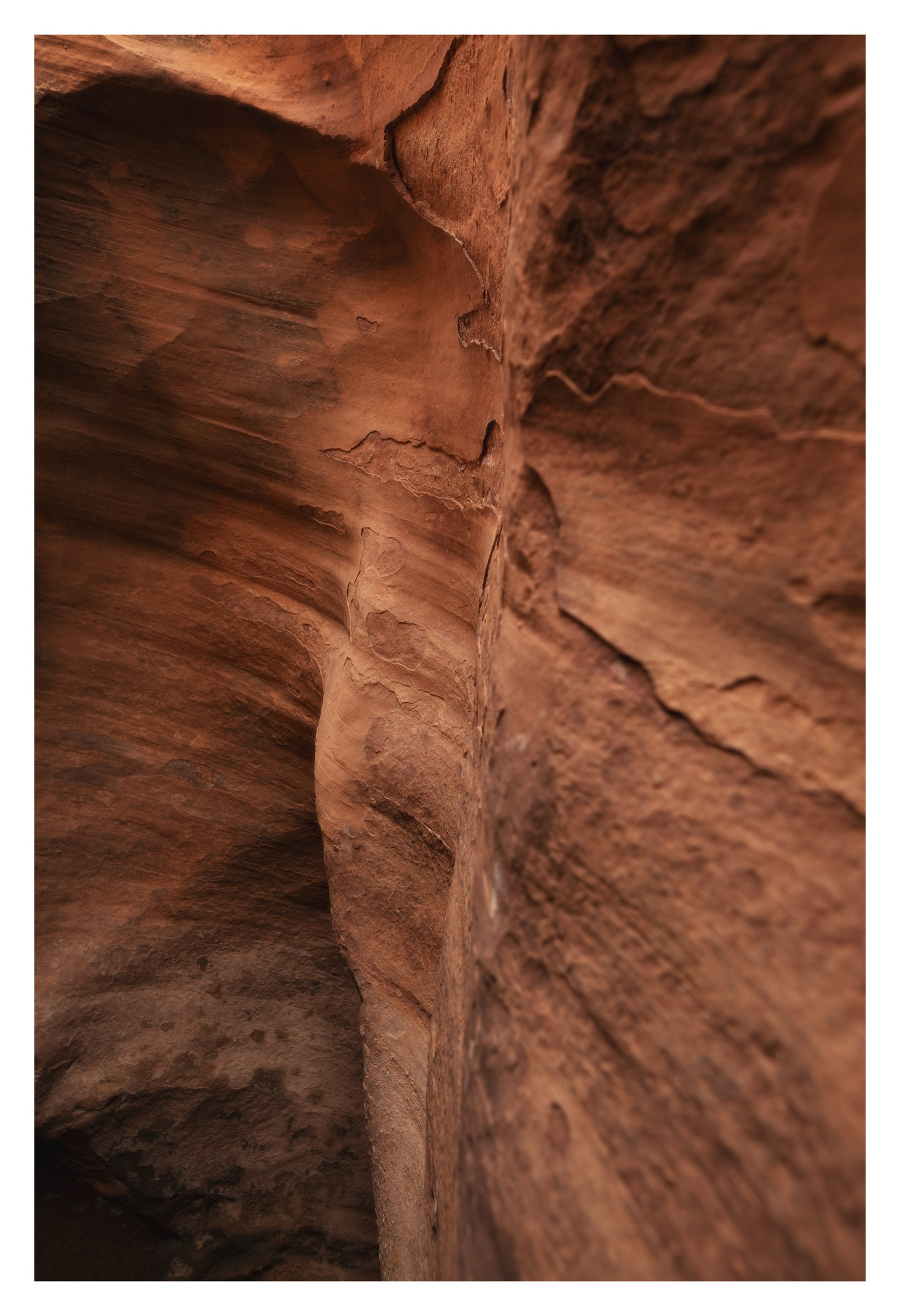
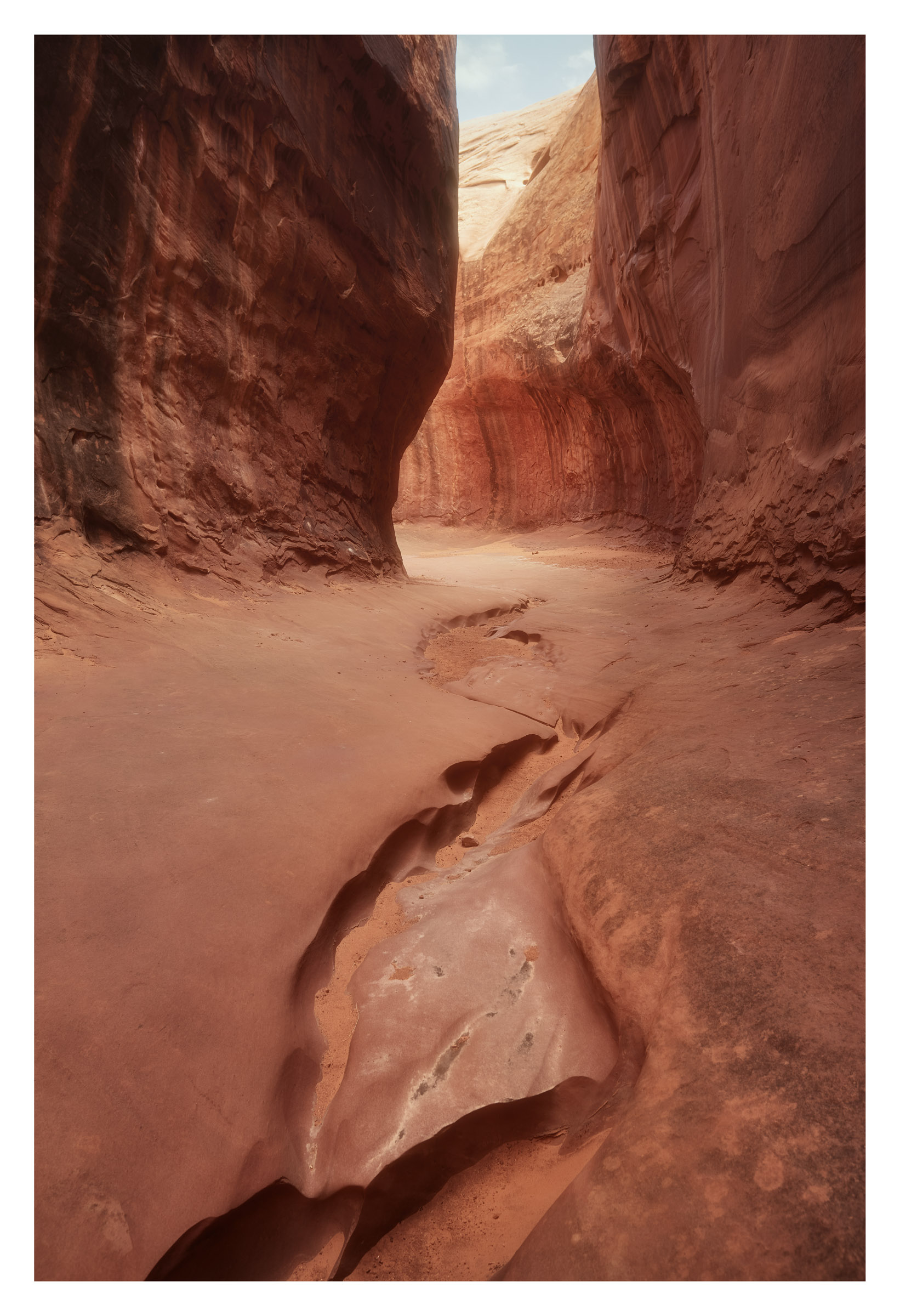
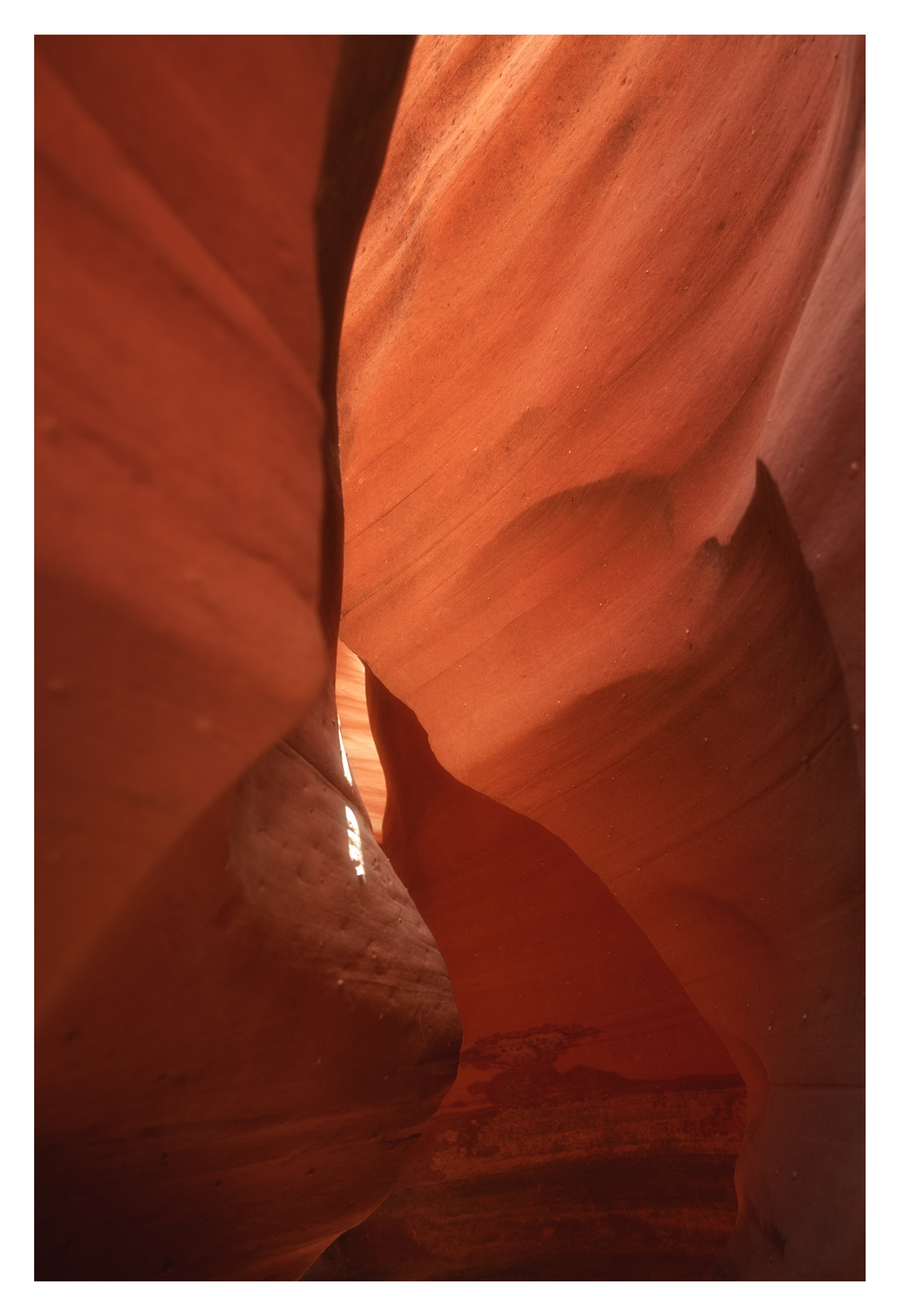
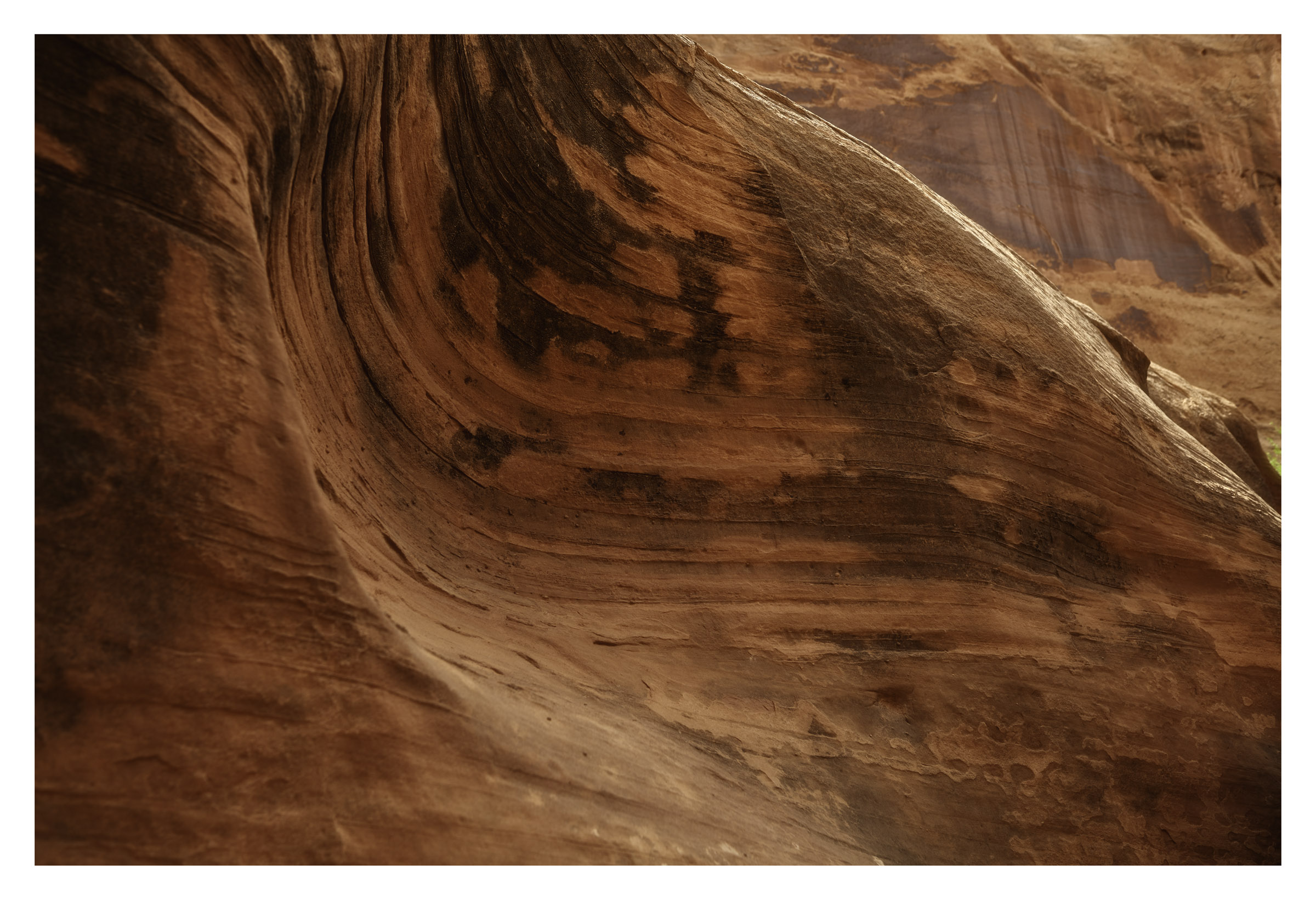
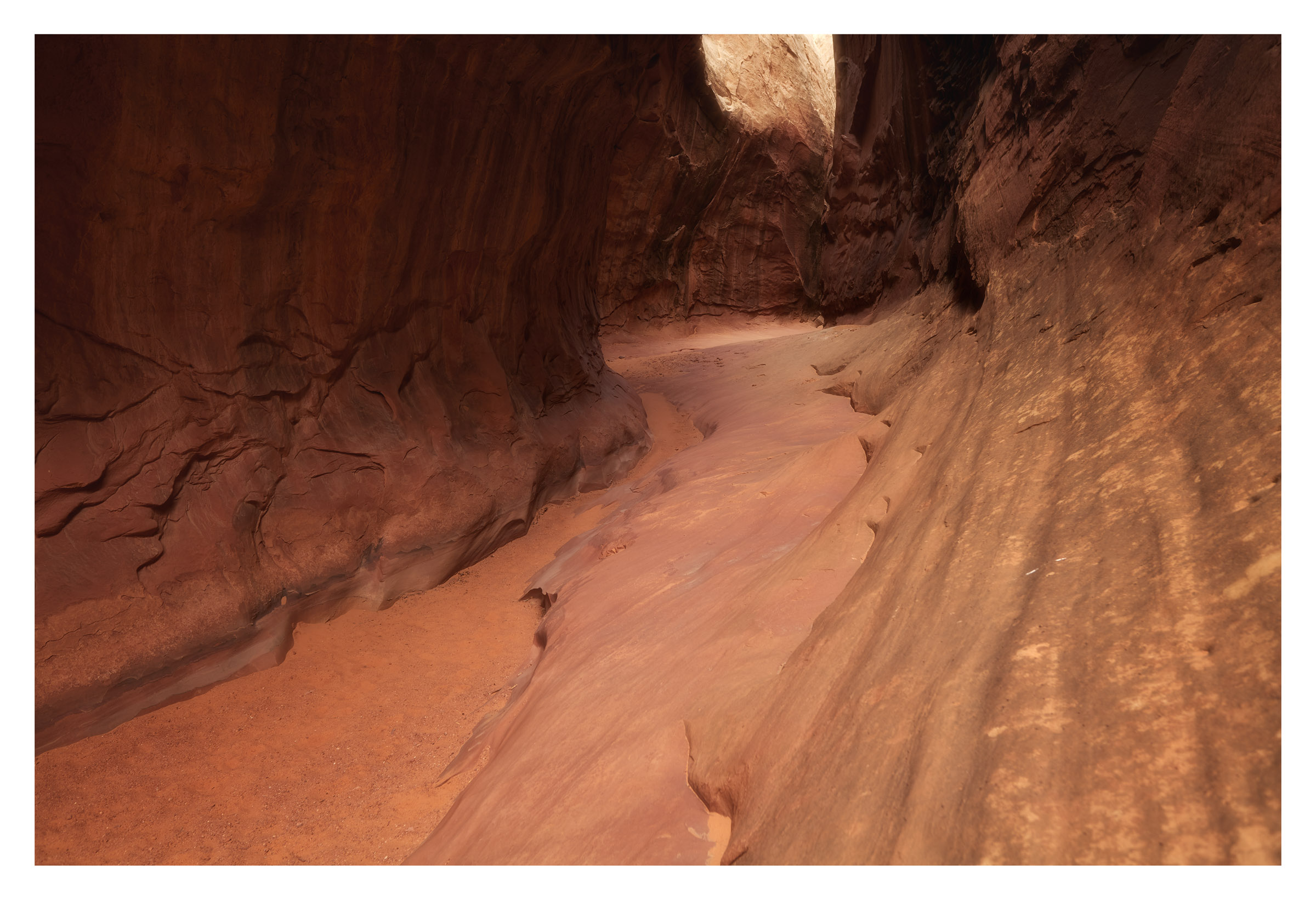
You can view the entire Utah Badlands Collection here.


